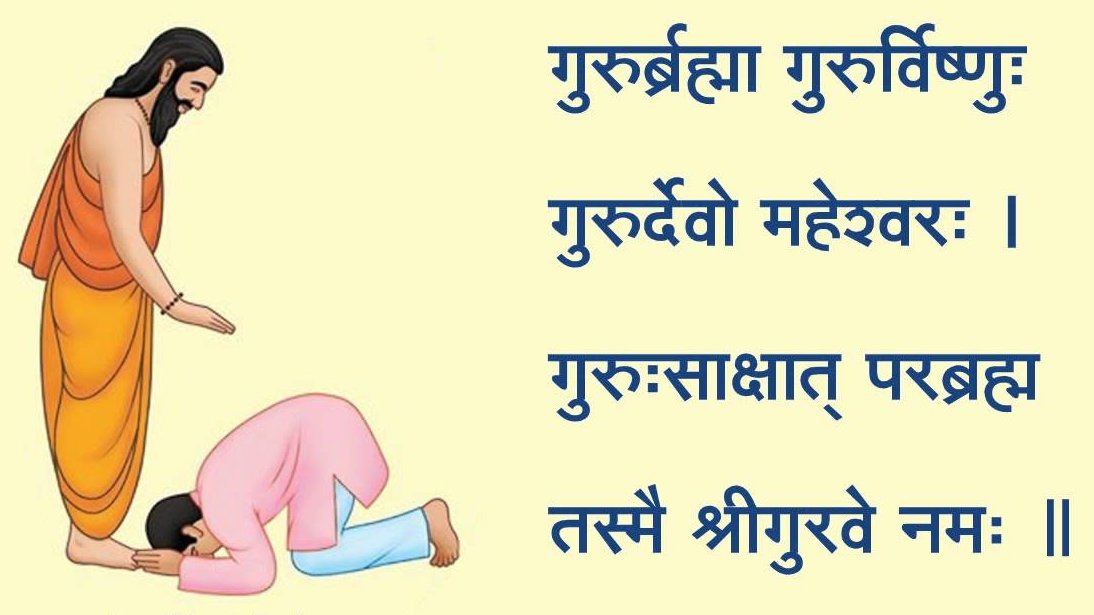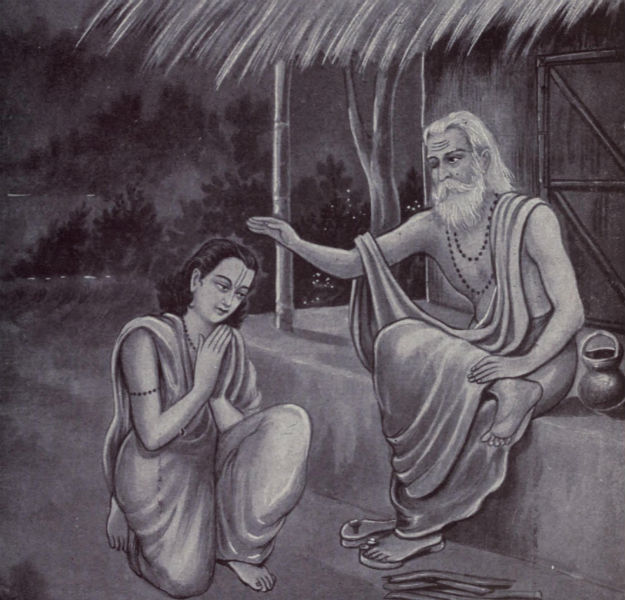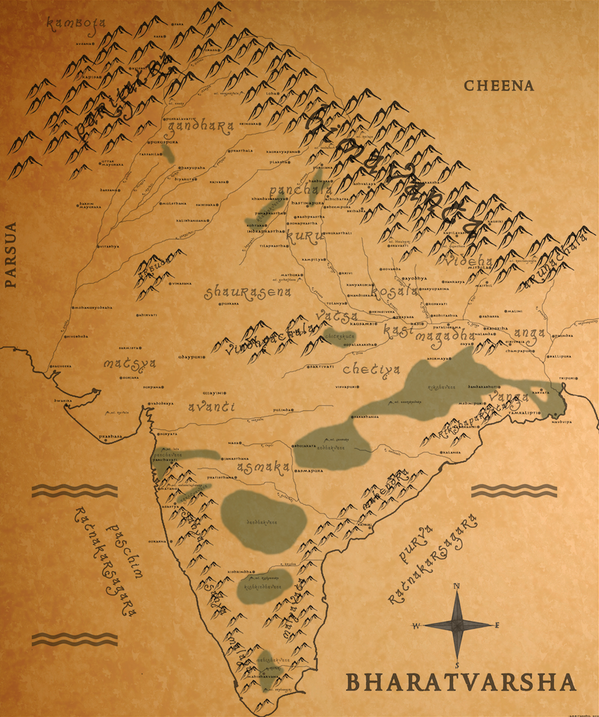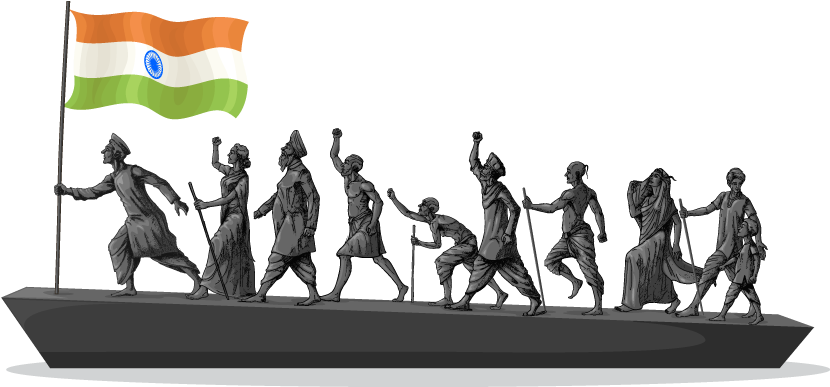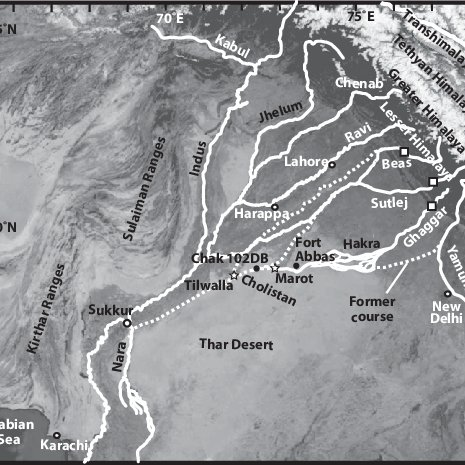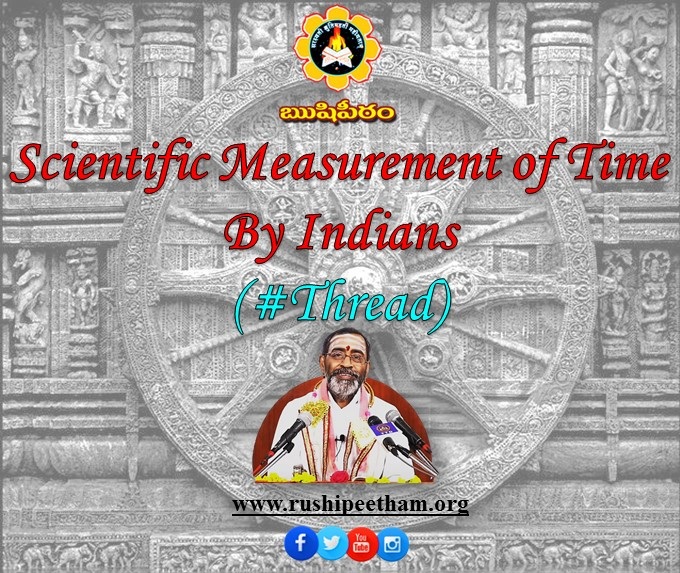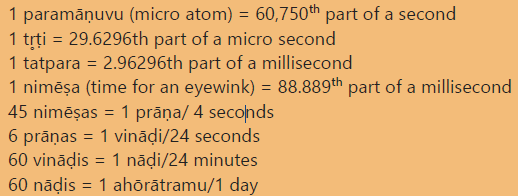significance & worship to be performed on a rare combination occurring Jan 12th
In the culture of Bhāratadēśa, ‘Time’ has great significance. Tithis, days of the week, stars – everything has its own distinction. All the beings are bound by time and time is in the control of God.
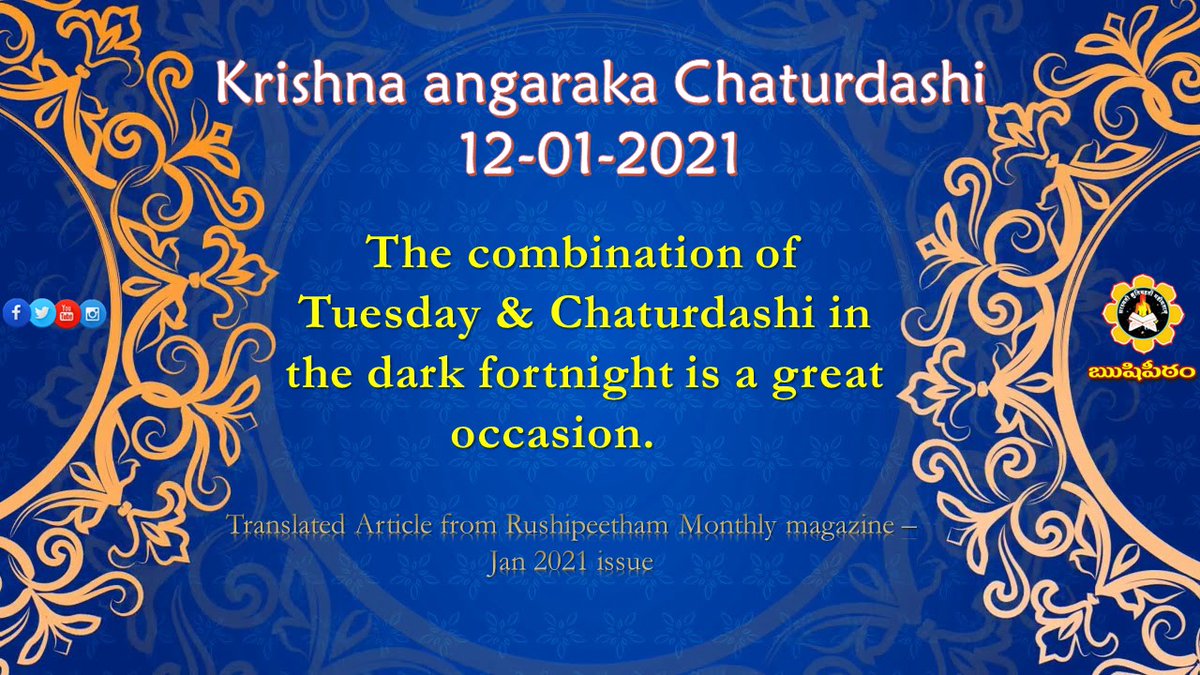
विरिन्चिशक्रविष्णूनां मनुष्याणां तु का कथा ।
तेन त्वं सर्वसत्त्वेन ग्रहराजो महाबलः॥
Not only present as one among the nine planets, Aṅgāraka..
पुरा तपस्यतः शम्भोर्दाक्षायण्या वियोगतः ।
भालस्थलात्पपातैकः स्वेदबिन्दुर्महीतले ॥
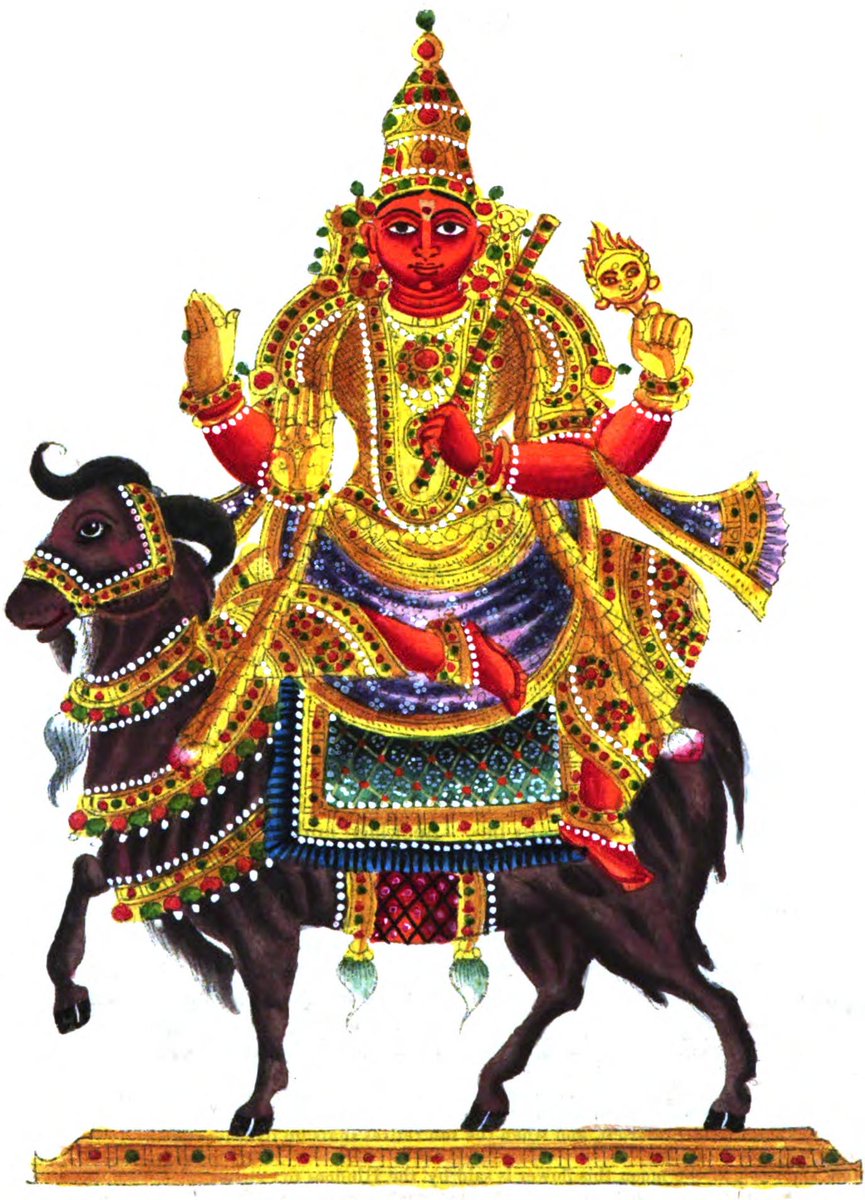
स्नेहसम्बन्धिनः सोఽथ धात्र्या धात्रीस्वरूपया ॥
माहेय इत्यतः ख्यातिं परामेष गतः सदा ।
Skānda Purāṇa mentions that a waterdrop fell on the earth from Paramēśwara deeply immersed in tapas from which came a red-complexioned boy.
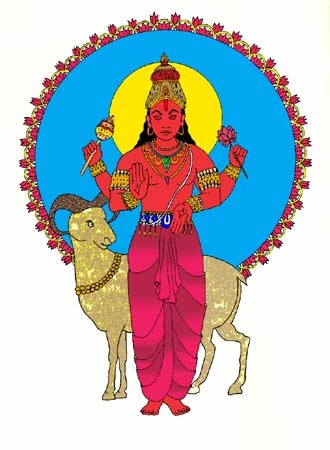
Śiva also gave him a position equal to His sons Hēramba and Ṣaṇmukha.
Brahma tells Nārada
सर्वेषां भूमिसम्बन्धमस्तिते नात्रसन्शयः।
ऋर्णानुबन्धरूपेण पशुपत्नीसुतादयाः॥
अन्योन्यं सुखदुःखादिहेतुरित्यवधारय।
किन्तु सर्वऋणध्वन्सं भविष्यति कुजार्चनात्॥
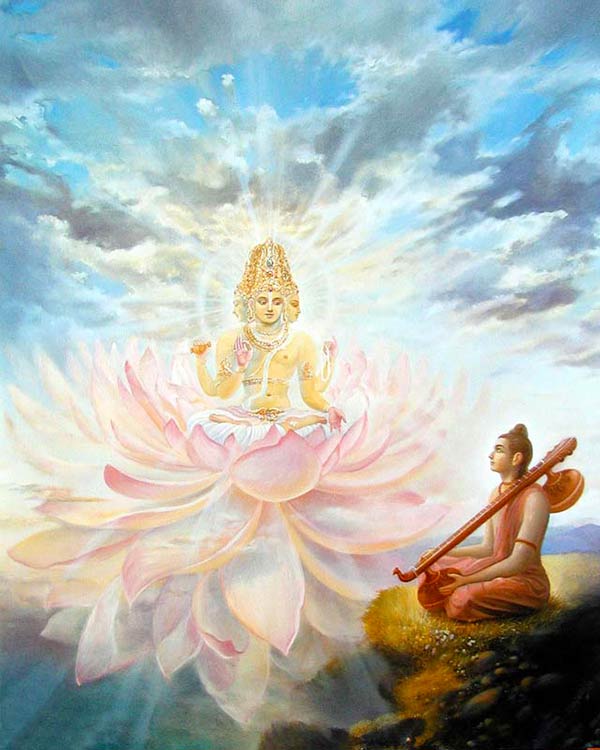
कुजः कुमारो भगवानसौ सन्मङ्गलात्मकः॥
The moment a human being is born, debts related to earth are formed, due to which spouse, children, and other bondages occur. These bondages give both pleasure and pain.
Aṅgāraka is also known as ‘Mangaḷa’, since he bestows auspiciousness, Kuja since he is ja – born to Ku – Earth.
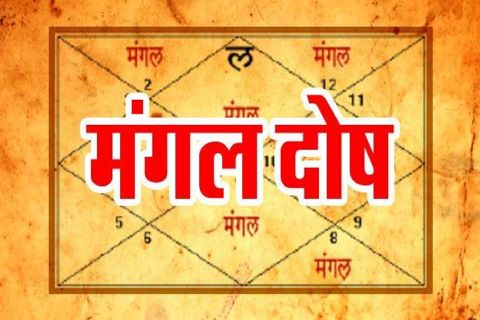
Worship of Gaṇapati on a day when there is a combination of Tuesday and Caviti tithi is auspicious, as this is ‘Alabhya Yōga’, and bestows the grace of Kuja.
Though Kuja is not favorable now due to some actions performed in previous births, he is very compassionate and bestows his grace with small remedies.
Worship of Kuja Yantra is done on par with the Yantras of deities.
This Yantra has nine squares in which the sum of any three numbers will be 21.

Hence, it is mentioned in Bhaviṣyōttara Purāṇa that performing circum-ambulation 21 times is essential to obtain the grace of the God.
There are many stōtrās related to Aṅgāraka
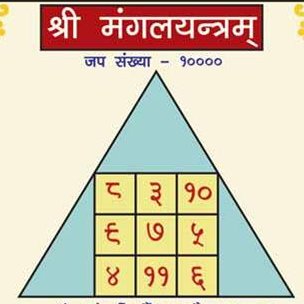
त्रिभुजाकारमण्डले रक्तचन्दन प्रतिमायां भगवन्तं अङ्गारकं अग्न्याक्रितिम्।
दक्षिणाभिमुखं रक्तवर्णं शक्तिशूलगदा खड्गधर चतुर्भुजं मेषरथवाहनं॥
Dakṣiṇābhimukhaṁ – This sign symbolizes the ability to give knowledge. One acquires knowledge with the worship of Kuja.
‘Divyaughādi gurukaṭākṣānugrahapātraṁ’ i.e. the grace of Kuja bestows the grace of Divyaugha, Siddhaugha , and Mānavaugha congregations of Gurus.
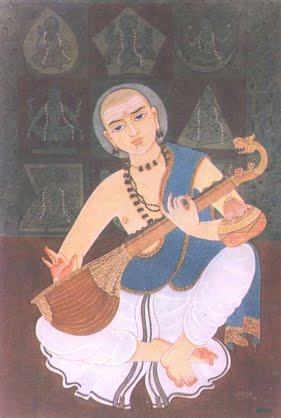
On any day, especially on this day, one should offer arghya with water in a copper pot mixed with red sandalwood, red flowers, and akṣata sitting on the knees chanting the following :-
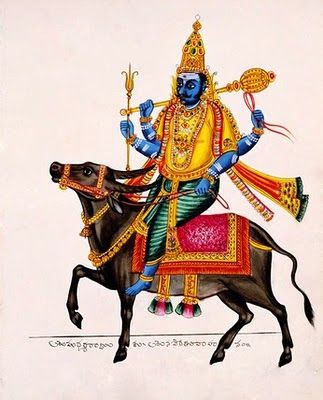
ऋणार्तस्त्वां प्रपन्नोस्मि ग्हाणार्घ्यं नमोस्तुते ॥
प्रसीद देवदेवेश विघ्नहारिन् धरात्मज ।
ग्रिहाणार्घ्यं मया दत्तं मम शान्तिप्रदो भव ॥
रक्तप्रवाऌअसङ्काश जपाकुसुमसन्निभ ।
महीसुत महाबाहो ग्रिहाणार्घ्यं नमोस्तुते ॥
ऋणार्तस्त्वां प्रसन्नोस्ति ग्रिहाणार्घ्यं नमोस्तुते ॥
After offering arghya four times like this, one should perform circum-ambulation 21 times to obtain the grace of Kuja.
Śrī Muttuswāmi Dīkṣitār described the tattva & form of Aṅgāraka
‘raktāṅgaṁ raktāmbarādidharaṁ śaktiśūladharaṁ maṅgaḷaṁ kambukaḷaṁ man̄julatarapadayugaḷaṁ .....
mandasmita vilasitavaktraṁ...
jānusthahastacitraṁ caturbhujamativicitraṁ’
More from Brahmasri Samavedam Shanmukha Sarma
More from Religion
It was Ved Vyas who edited the eighteen thousand shlokas of Bhagwat. This book destroys all your sins. It has twelve parts which are like kalpvraksh.
In the first skandh, the importance of Vedvyas
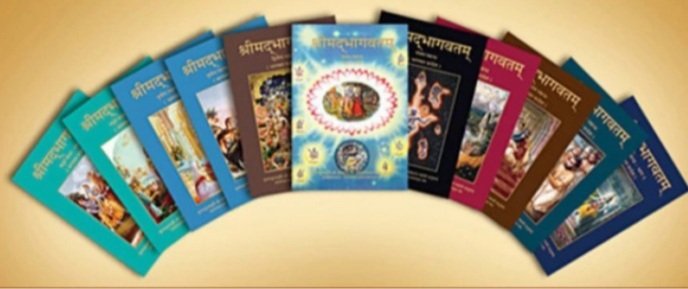
and characters of Pandavas are described by the dialogues between Suutji and Shaunakji. Then there is the story of Parikshit.
Next there is a Brahm Narad dialogue describing the avtaar of Bhagwan. Then the characteristics of Puraan are mentioned.
It also discusses the evolution of universe.( https://t.co/2aK1AZSC79 )
Next is the portrayal of Vidur and his dialogue with Maitreyji. Then there is a mention of Creation of universe by Brahma and the preachings of Sankhya by Kapil Muni.
HOW LIFE EVOLVED IN THIS UNIVERSE AS PER OUR SCRIPTURES.
— Anshul Pandey (@Anshulspiritual) August 29, 2020
Well maximum of Living being are the Vansaj of Rishi Kashyap. I have tried to give stories from different-different Puran. So lets start.... pic.twitter.com/MrrTS4xORk
In the next section we find the portrayal of Sati, Dhruv, Pruthu, and the story of ancient King, Bahirshi.
In the next section we find the character of King Priyavrat and his sons, different types of loks in this universe, and description of Narak. ( https://t.co/gmDTkLktKS )
Thread on NARK(HELL) / \u0928\u0930\u094d\u0915
— Anshul Pandey (@Anshulspiritual) August 11, 2020
Well today i will take you to a journey where nobody wants to go i.e Nark. Hence beware of doing Adharma/Evil things. There are various mentions in Puranas about Nark, But my Thread is only as per Bhagwat puran(SS attached in below Thread)
1/8 pic.twitter.com/raHYWtB53Q
In the sixth part we find the portrayal of Ajaamil ( https://t.co/LdVSSNspa2 ), Daksh and the birth of Marudgans( https://t.co/tecNidVckj )
In the seventh section we find the story of Prahlad and the description of Varnashram dharma. This section is based on karma vaasna.
#THREAD
— Anshul Pandey (@Anshulspiritual) August 12, 2020
WHY PARENTS CHOOSE RELIGIOUS OR PARAMATMA'S NAMES FOR THEIR CHILDREN AND WHICH ARE THE EASIEST WAY TO WASH AWAY YOUR SINS.
Yesterday I had described the types of Naraka's and the Sin or Adharma for a person to be there.
1/8 pic.twitter.com/XjPB2hfnUC
❶/12 Roughly speaking, primitive Buddhism was about liberation from the inner suffering of the ordained individual. In contrast, Mahayana Buddhism, especially the teachings of the Lotus Sutra, emphasises 'the salvation of all people, together'.
Bodhisattva is also important for understanding the Japanese. It was a very developed in Mahayana Buddhism. Liberators keep putting off and dedicating until all people are saved. This is an ideal prototype. But this devoted tradition is disappearing under the Weimar Constitution. https://t.co/uBTcwOjlWt
— Atsumori \u6566\u76db (@atsumori5834) January 9, 2020
❷/12 In short, people of Mahayana Buddhism do Practice as Bodhisattva for all in the secular world. Strictly, these are different religions, and primitive Buddhism is not well suited to being associated with the state or secular communities.
❸/12 I believe that if anti-secular primitive Buddhism had arrived in ancient Japan it would not have spread very far. In Japan, where rice cultivation is very important, the idea of destroying the community would have been a threat of people's survival.
❹/12 By the way, it's perhaps inevitable that the purity of the teachings will diminish depending on how they are disseminated in society. In other words, I think that, roughly speaking, what develops away from the original form can even become a civilization.
❺/12 But anything that significantly reduces the quality of the original should be called a degeneration. I think that Christian civilization, although flawed, has built a civilization in tension.


